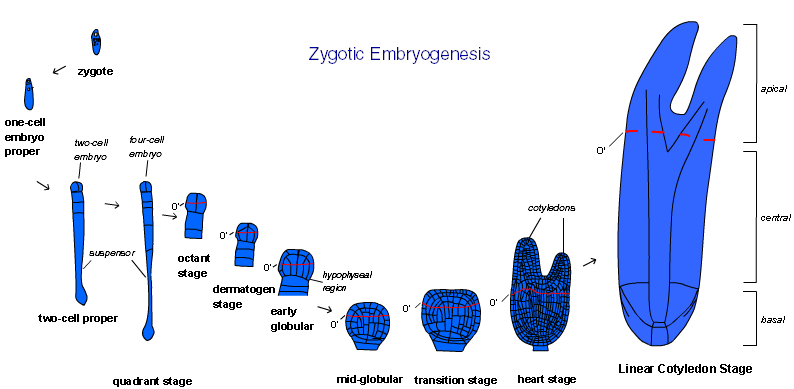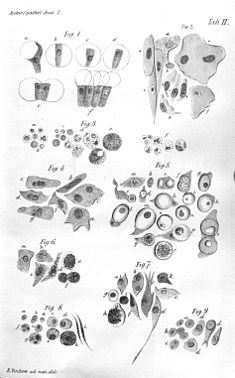DIVISION CYCLE OF PLANT CELL AND TOTIPOTENCY
Cell division and growth
In this topic, I learned how cells in multicellular organisms divide to replace lost or damaged cells and allow them to grow.There is a cell cycle which is an events, resulting in cell growth and division into two daughter cells.
 |
Cell Cycle
|
- GAP (G1) phase-growth and doubling of cell organelles
- Synthesis (S) phase - DNA replication occurs
- GAP (G2) phase-Preparation for cell division
- M phase-division for nucleus and cell
- In plants, cell division complete in cytokinesis phase
Besides in lecture through SCL activity, I learned how an organism grow through cell division.
Furthermore, I learned how plant grow through meristematic tissue which is found near tips of roots and stems called apical meristems, in the buds and nodes of stem-axillary meristems, in cambium between the xylem and phloem in dicotyledons, under epidermis of dicotyledon and in the pericycle of roots, producing root.
TOTIPOTENCY
In this topic, i learned the ability of individual plant cell/tissue/organ to generate into a whole plant under right condition. A scientist suggested that this concept that each cell of an organism being derived from the mitotic divisions of a zygote must be able to produce the entire organism. There also some of loss of totipotency due to the genetic or epigenetic.
Pathway of generation is a ability of a single cell to form a shoot or somatic embryo on the way to producing a whole plant depend on it is competent or recalcitrant which is new thing for me to learn. I learned the development of adventitious organs or primordia from undifferentiated cell mass in tissue culture through Organogenesis. Besides, manipulation of the auxin to cytokinin ratio in the medium can lead to the development of shoots, roots or somatic embryos from which whole plants can subsequently.
Moreover, there also some factor that affect cellular totipotency:
- source of explant
- nutrient media and constituent
- culture environment
POLLINATION AND DEVELOPMENT OF PLANT EMBRYO
In this topic, I learned the way how plant reproduce through the reproductive organ in the angiosperm or flower. There some ways how pollination occurs through self pollination or by other thing like insect, wind for cross pollination. The video in the putrablast is very useful for me to understand more about this topic.
 |
| cross pollination by insect |

plant reproductive organs for flower
Life cycle of angiosperm
Zygotic Embryogenesis
Plant embryogenesis is the process a plant embryo from a fertilised ovule by asymmetric cell division and the differentiation of undifferentiated cells into tissues and organs. It occurs during seed development.
Somatic embryos are formed from plant cells that arenot normally involved in the development of embryos such as ordinary plant tissue.


















